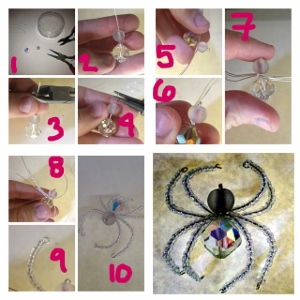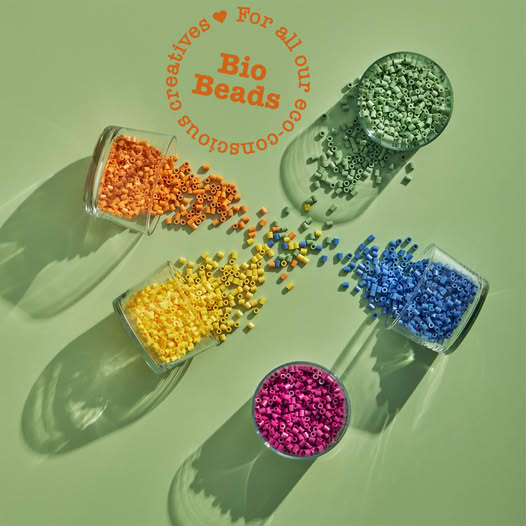
Spiders scare me! They are the one insect I do not like. I dislike spiders more than snakes! However, this little spiders is cute! Abbey shares with us her tutorial for creating a simple beaded Spider. Probably the cutest beaded spider I have ever seen. Take a look and learn how to make your own here.

Maybe you know this, or maybe you will be told multiple times, but spiders are not insects. Insects have 6 legs; spiders have 8. Spiders are arachnids and they are beautiful. There are many species. No doubt you are familiar with web weavers – I have a large specimen on my verandah with a huge web. My favourite TV substitute.
But there are other types – wolf spiders hunt prey as do wolves. Trap door spiders lay in wait for prey to wander by.
Spiders feast on flies – one of the few creatures I am willing to kill.
You are right. I stand corrected! Thank you. It has been so long since I studied all of that, I had forgotten. The large specimen you mentioned on your verandah reminds me of the only spider I have seen that does not scare me. I do not know their correct name, but they are black and yellow. We call them banana spiders. I do not know what it is about these particular spiders, but like I said they do not scare me. I am glad spiders feast on flies, they are pesky little things!
Such a cool spider, even if it is missing a couple legs. Great for Halloween!